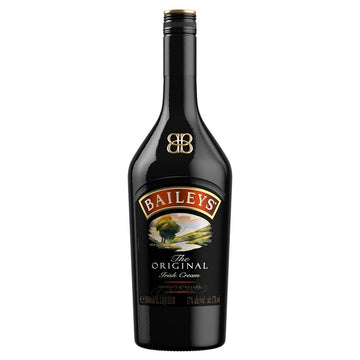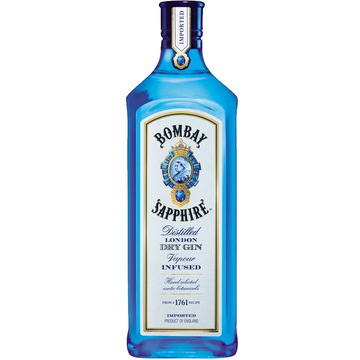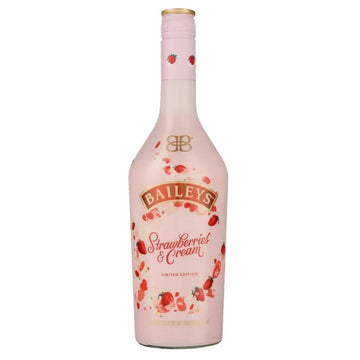Single Malt Whiskey NZ
Single Malt Whiskey has earned a reputation for being a higher-quality spirit than mixes over the course of its history. As a result, there is a common misunderstanding that they are also smoother and have more taste. However, before you condemn Dewars as being beneath you, you should give blended whiskey an opportunity to defend itself.

There is no doubting that the classic, single-pot distillation technique produces the most diverse range of taste profiles. Single malt scotch is made from malted barley whisky, which has been matured for years in oak barrels to produce the iconic Scottish single malt. Despite this, the whiskey you are purchasing is generally always a combination of many distinct whiskey varieties.
What is the difference between vatting and blending
Whiskey businesses work extremely hard to keep the fact that vatting is simply a fancy way of expressing mixing hidden from the public. The majority of single malt consumers believe that they are sipping a single whisky that has been distilled in a single barrel of whiskey. It is true, however, that the whiskey comes from a single distillery, where different barrels are blended together to create the final mix.
Despite the fact that they have been matured for varying amounts of time and may even have originated from barrels that previously housed a different type of spirit, because they are all sourced from the same source, the manufacturer refers to them as single malts that have been vatted together.
The word "blend whiskey" refers to the blend of grains that are used in the production of the whiskey. While single malt whiskey is made only from barley, blended whiskey may be made from a variety of grains including maize, rye, and even wheat. When you combine these ingredients in different quantities, you may get such a wide range of whiskey flavours.
Blending whiskey allows for the use of less expensive grains and does not necessitate the ageing of the whiskey for the same period of time. This enables a distiller to manufacture blended whiskey more quickly and for less money than previously possible. As a result, demand for blended whiskey is increasing, despite the fact that single malts have a clear taste advantage over blended whiskey.
How much does age make a difference?
Single malts whiskey NZ are generally marketed based on its age, but when you look into the issue of vatting, it becomes evident that different aged barrels of whiskey are being blended together to make a single single malt whiskey. Distillers will utilise the minimum age of the youngest whiskey that will be introduced during vatting to determine the minimum age of the whiskey. It is possible that your 12-year-old Scotch is actually much older than you believe it to be at this point. The length of time spent in each barrel has no effect on the "age" of the single malt at any point. As long as there are traces of 12-year-old alcohol present, it is considered to be a 12-year-old spirit.
In order to maintain a consistent flavour, it is necessary to do the following:
- Every barrel of whiskey has a distinct flavour that has been influenced by the barrel in which it was aged. Vatting hundreds of barrels together really allows the distiller to have more control over the final flavour of the product than he would otherwise have. Their core formula, which specifies the sorts of barrels used and the length of time each one has been matured, allows them to make tiny tweaks to assure a constant level of quality.
- Whiskey can taste different depending on its setting, much like it does when drinking wine. The distiller is able to avoid a change in the flavour of their product by mixing numerous different ingredients together. The task is more challenging for single malt manufacturers, who must create their own spirits by blending ingredients from a variety of different sources.
- Individual single malts will never be precisely the same as one another as a result of this process. When creating a flavour, master blenders start with a broad formula and rely on highly trained tasters to generate a flavour that is as near to the intended outcome as feasible.
- After the batch is finished, the tasters are given two glasses of the previous batch and one glass of the current batch, which they must consume blindfolded. As long as they can tell which one is the fresh batch, the distiller has not attained consistency and will have to try again. It is only until the tasters are unable to distinguish the new blend on a consistent basis that the distiller will proceed with bottling the finished product.









